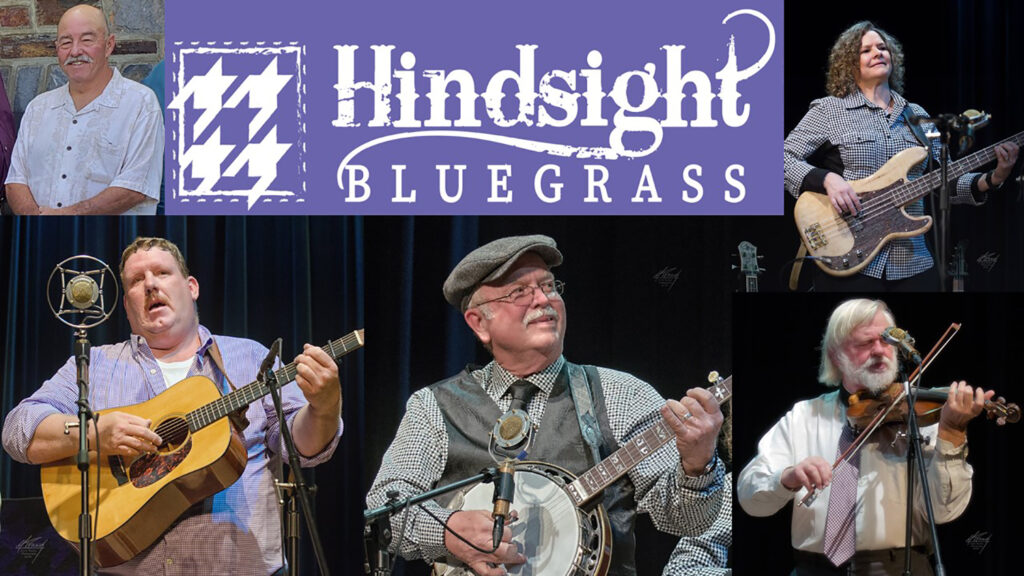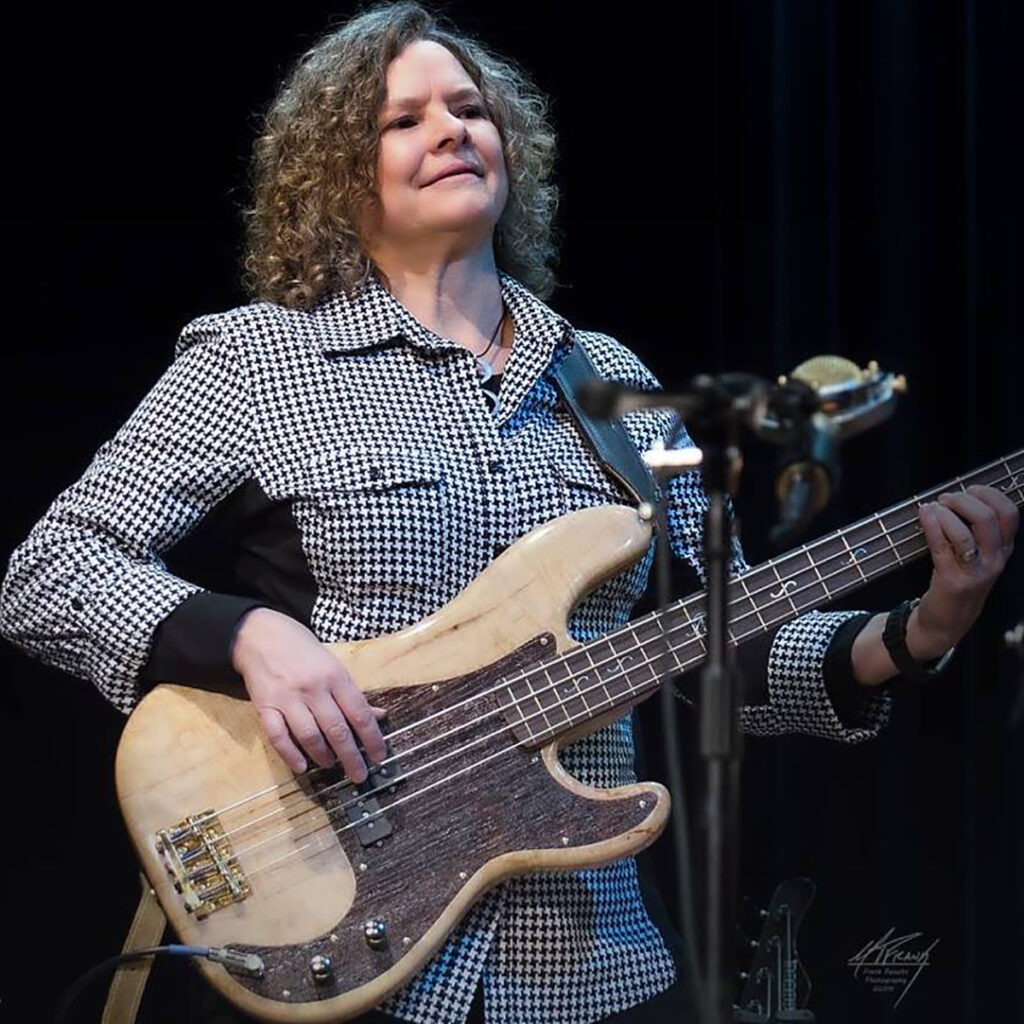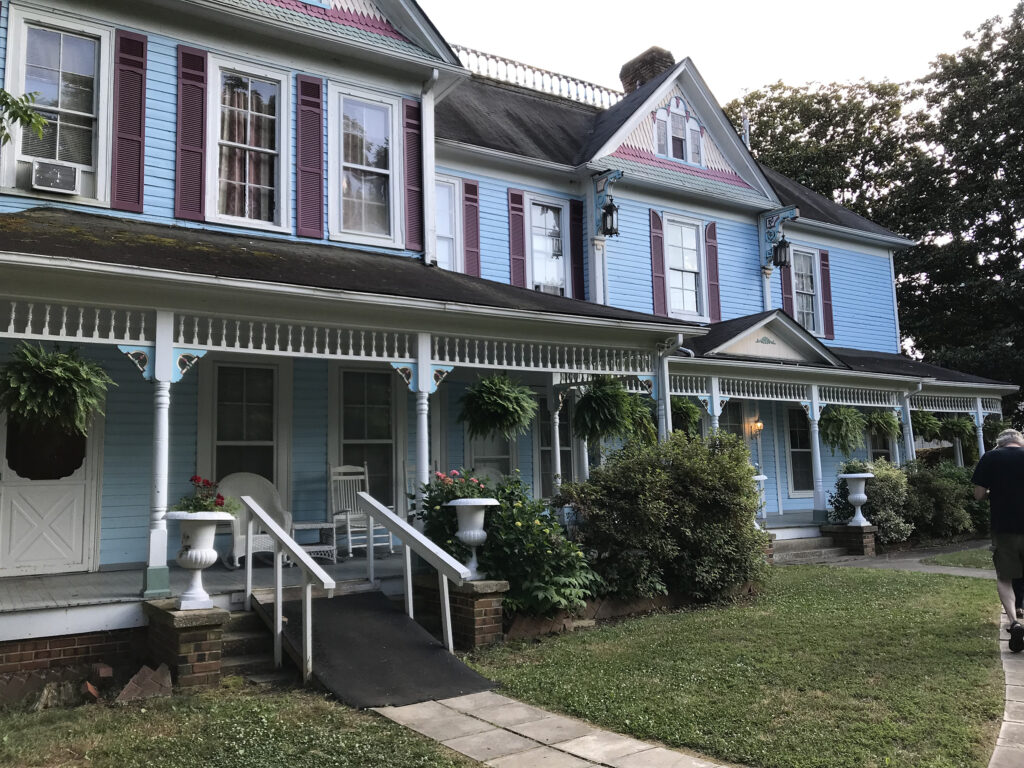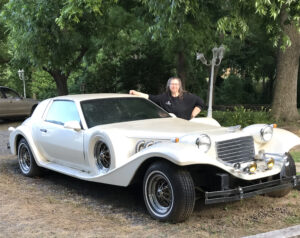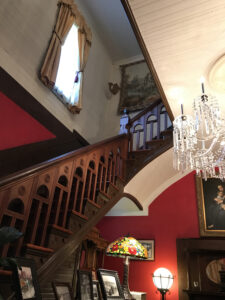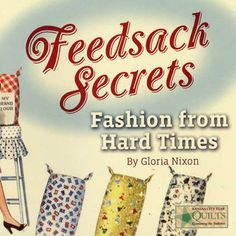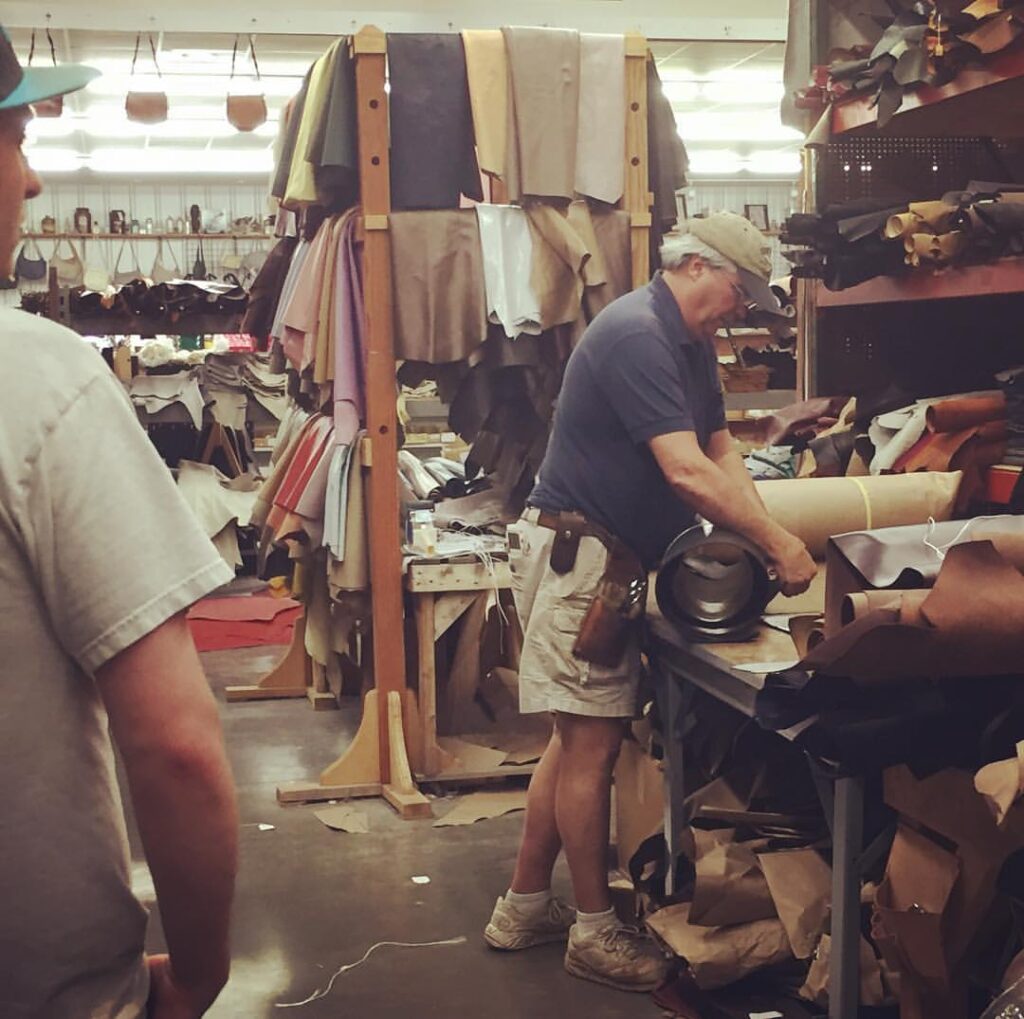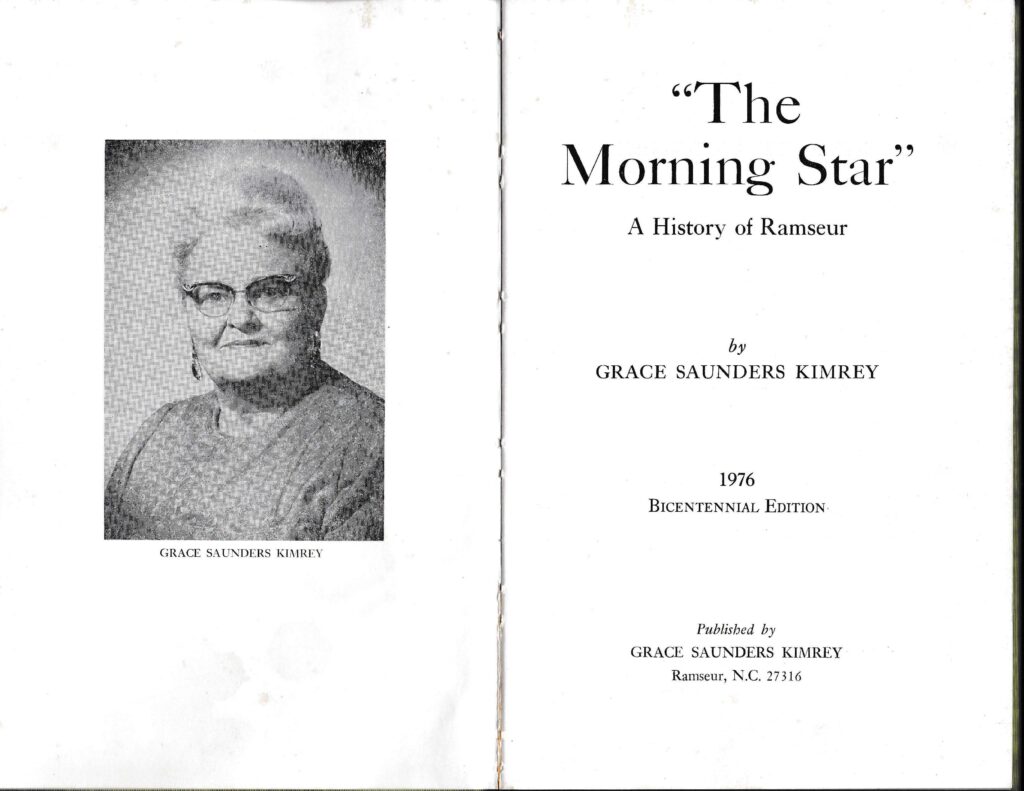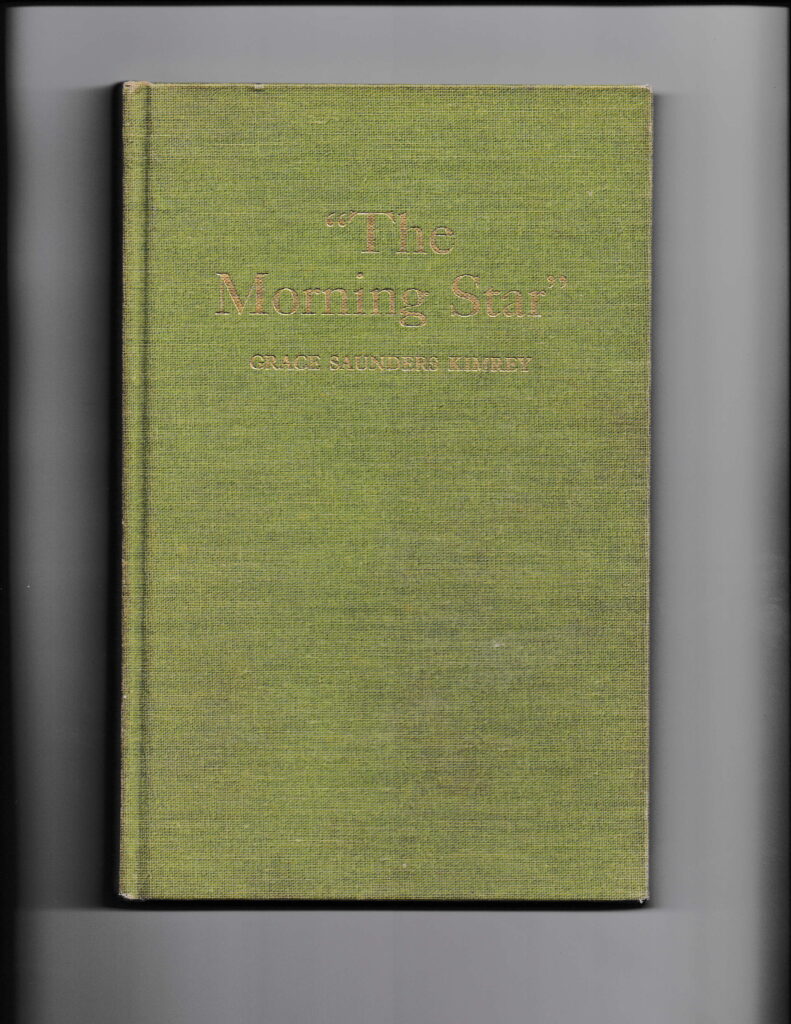By Jones Howell
I never knew anything about the origin of the name, but Ramseur was certainly the origin of me.
Nothing says childhood to me more than Ramseur. Ramseur. General Dodson Ramseur.
I even wrote a book about it. Before I published my book, I visited Ramseur, to take pictures and reminisce. My teenage son and I walked around the town and I told him about some of the places, even my old home place at 808 Dixon Street — which still stands today.
It would mean something to me if you would take a walk with me through a short history and a few years of my life in that, well — I want to say — hallowed place. The year would start around 1959, when we moved from the deep south — a hot, dusty spot in the road called Chancellor, Alabama to the cotton mill town of Ramseur, North Carolina.
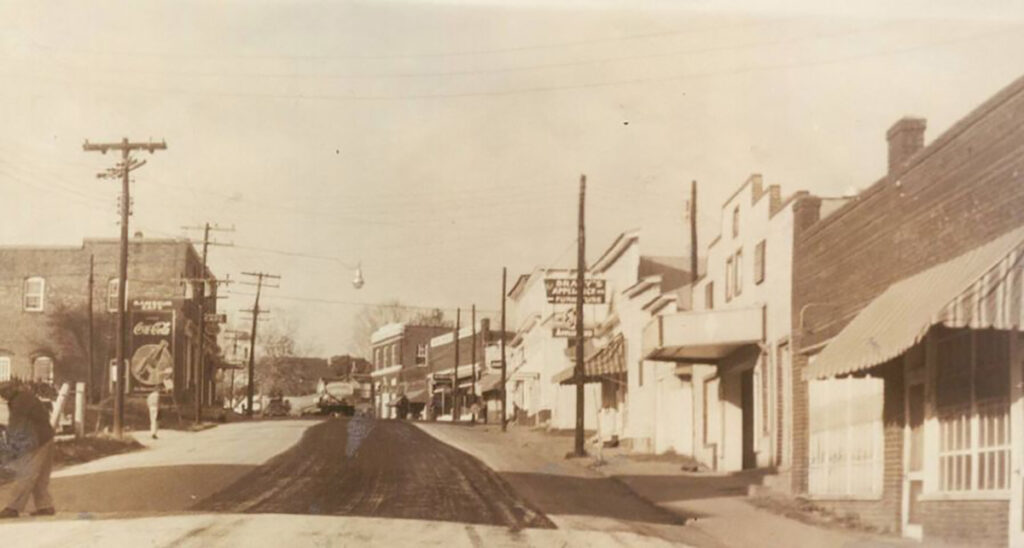
We lived near the river on Craven Street, which led to the old bridge into downtown. We could walk to the bridge and cross Deep River in five minutes. I first visited the town with my mom. Ramseur was an assortment of novel shops and unfamiliar store owners, and that meant delightful sights, sounds, and things to smell and savor.
The first place in memory as a five-year old is the Ramseur feed mill, or the Roller Mill, as it was called. Men carrying big powdery sacks, white on their eyelashes and hair. The smell of molasses from the enormous grain bins. My sisters would complain that Mama was there to get feed sacks to make dresses for them. But I never remember them walking around with Gold Medal or Pillsbury stamped on their clothes. But what did I know? The thought that stayed in my mind about the mill was imagining mules pulling wagons the long way around the back of it because they couldn’t walk up the steep hill from the bridge. So, according to stories I heard, the circular road was made by mules and for mules. It puzzled me as a kid as to why mules would be coming to Ramseur. I never saw a single mule go around the Roller Mill up that road.
After the tiring walk straight up from the bridge, we would climb a few concrete steps up to some shops on the left. The first one I remember was Hicks Cafe – my first introduction to carbonated drinks. The sound of the syrupy sweet frothy drink coming from a spout fascinated me. I remember hearing someone say, “I’d like a grape soda,” but I never got to experience what that meant. But there were mason jars of stick candy, like sassafras, butterscotch, and licorice which stood like little striped heavenly barber poles — out of my reach, out of our budget. Cigar bubble gum in pastel colors, and packs of candy cigarettes, which — if you blew hard enough — could produce smoke. Six-packs of tiny plastic bottles which, when you bit off the top, you got a shot of coca-cola. My, those were days of decadence!
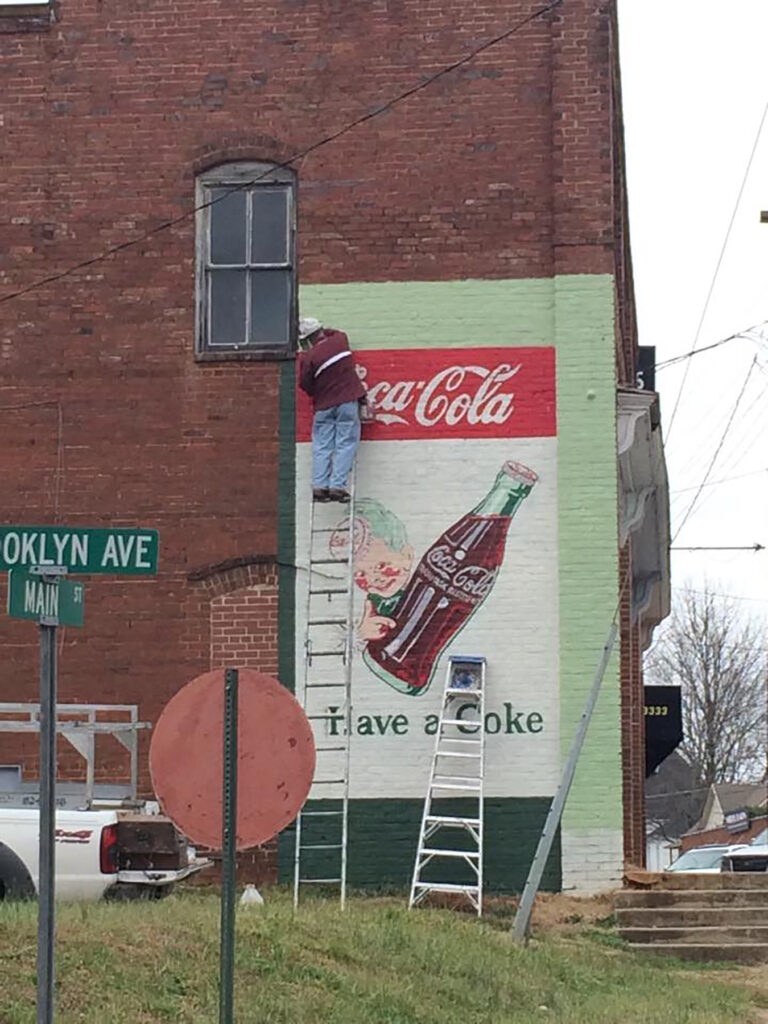
Beside the soda fountain shop was a barber shop — the old barber shop. There were three chairs and someone would always be pumping up or letting down with his foot. In addition, a leather strap on the side of the chair, a long blunt folding knife, a clickety-clack buzzing tool, hot foam, scraping, a choking collar, a white death gown, and plenty of gossip. Then slapping the neck with an unpleasant liquid. After my first professional haircut, I didn’t want to go back there.
Across from the feed mill was Ramseur Town Hall, and I never went in there. In the basement of the town hall was the Ramseur fire department. The businesses on this side of the street were on a steep incline and I was always afraid when I saw the fire truck backed into the driveway beside the tiny fire department. One false move and that truck would end up in the creek that ran behind those stores. There was also an abandoned movie theater, and it was a source of disappointment and envy for me—the fact that Asheboro had an indoor theater and Ramseur no longer had one. I was mad at whoever had closed it down. I’d often press my face against the glass window but couldn’t see anything. This only increased the theater’s mystique.
Farther up the street was the biggest store in my life—Pell’s Grocery. It had long aisles with shiny floors that a person could easily have skated down, and curved round mirrors. An ice cream freezer which I could open up and breathe in frost, and dream. I remember staring at a Morton Salt box and seeing the price: 10 cents. I couldn’t get over my amazement that there was a commodity in the store that even I might be able to afford. The little girl with the umbrella, walking in the rain. She seemed real to me. Oddly, she’s in my cabinet right now, reminding me that I’m still a kid inside, walking in an ageless rain.
At Pell’s, I’d walk to the pay counter behind my mom and Mr. Pell would proceed to push random buttons and grunt. Mr. Pell’s head was always pointed down, and I hated to see his eyes look up at me through his bushy eyebrows. When he told my mother the price, she would whirl around away from him, bend down slightly and magically retrieve her purse from the top of her dress. She was conscious of robbers but I’d like to have seen someone try to rob from Mama. She had weapons in her hair — metal wave clamps with two sets of teeth which I imagined her pulling out and wielding against any trespasser. And no way would they trespass Mama’s dress. They would have run away more scarred than Frankenstein’s neck.
So, my introduction to Ramseur was like Charlie and the Chocolate Factory: wide-eyed wonder, treasures to ponder, empty pockets, unanswered questions, strangers everywhere, and unexplainable letdowns. I lived in that fanciful world till I turned eight. Then we moved to the rural community of Holly Springs. Two years later, we would move back into town, and little Charlie would become someone akin to Oliver Twist.
To all of us, whose memories crisscross somewhere out there, like various waves in the electromagnetic spectrum, undulating, calling us back, making us dream again, let me say: by the very act of picking up this bulletin, this may be the first step to renewing our vision for a world like Ramseur, where every building was built with a purpose for us, met a need we had, and gave us an opportunity to carry—for the rest of our lives—connections with the people we met there.
I hope that Ramseur’s sidewalks won’t crack and allow weeds to grow because they are untrodden. Take time to walk the streets and listen, not just with nostalgia, but with a conscience open to reconciliation and with a new appraisal of the past. Perhaps one day Ramseur’s mystique will give way to magic, and that magic will spark our minds to rebuild and revive our legacy.
It is not easy to for me to sit in the theater of my soul, watch the curtains open, and rehearse Ramseur. Like a trail of smoke, my longings weave throughout the town, like a wisp of conscious fog, where memory is looking for something—something real, something lasting, something that will recognize me, and welcome me back.
Welcome back to Ramseur.


